How AlphaFold transformed my classroom into a research lab
I first heard about AlphaFold, not in a lab, but in my high school Advanced Placement biology classroom. Colorful pipe cleaners, beads and half-finished 3D kits cluttered the desks, remnants of our best attempt to mimic the complexity of protein folding.
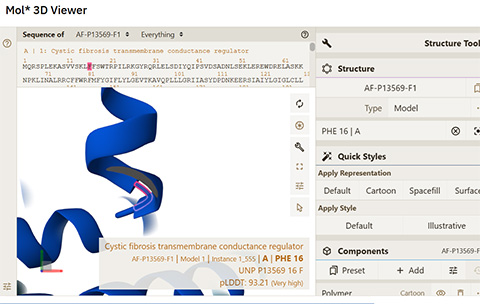
My students grasped that protein shape dictates function, but the real, atomic-level structures felt out of reach. Then I discovered AlphaFold’s free online database. With a few clicks, we could enter a protein sequence, like insulin or the cystic fibrosis protein CFTR, and view a highly accurate 3D structure within minutes. Watching my students spin these models on screen felt like stepping into the future of science education.
For decades, protein folding research meant years of work using costly X-ray crystallography or cryogenic-electron microscopy. AlphaFold changed that. Trained on millions of known structures, it predicts a protein’s shape from sequence alone — letting my students explore complex structures with nothing more than an internet connection.
Our first “aha” moment came during our cystic fibrosis unit. Students compared the normal cystic fibrosis transmembrane conductance regulator, or CFTR, structure to the ∆F508 mutant, the most common disease-causing variant. They saw how a single missing amino acid disrupted folding, and their eyes lit up as they were watching, in 3D, how a tiny molecular error causes devastating disease.
That mishappen protein disrupts salt and water balance in the lung leading to thick mucus, chronic infections and breathing difficulties. For many, it was the first time they could visually connect a DNA mutation to the molecular mechanics of illness.
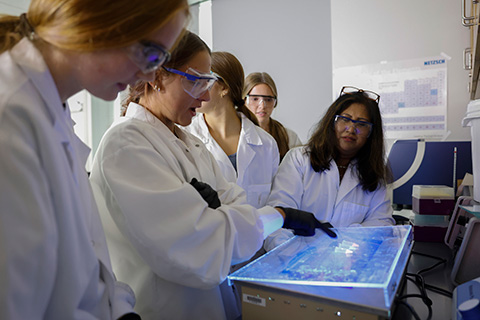
AlphaFold became more than a research tool; it was a bridge letting students see the intersection of genetics, chemistry and health. Their questions grew bolder: Could artificial intelligence, or AI, predict how a CRISPR/Cas9 edit alters folding? Could it guide drug design? Suddenly, our classroom felt less like a lecture hall and more like a research lab.
AlphaFold changed my view of AI. No longer a black box in distant computational labs, it became part of my teaching toolkit. It put real research in my students’ hands.
AI didn’t replace the bench; it gave it meaning. It showed my students why proteins fold, why misfolding matters and how modern tools can tackle age-old questions. Now they see AI not as hype, but as a tool that can help improve lives when used wisely.
The challenge is ensuring it enhances, not eclipses, the curiosity and creativity that make us human. AlphaFold showed me that AI can spark a lifelong love for science in the next generation.
Enjoy reading ASBMB Today?
Become a member to receive the print edition four times a year and the digital edition monthly.
Learn moreGet the latest from ASBMB Today
Enter your email address, and we’ll send you a weekly email with recent articles, interviews and more.
Latest in Opinions
Opinions highlights or most popular articles
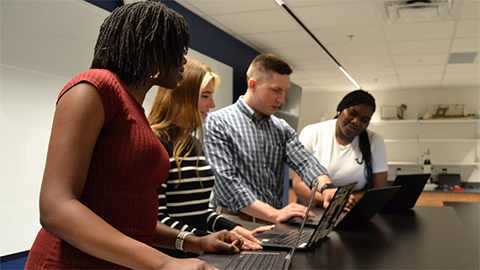
Debugging my code and teaching with ChatGPT
AI tools like ChatGPT have changed the way an assistant professor teaches and does research. But, he asserts that real growth still comes from struggle, and educators must help students use AI wisely — as scaffolds, not shortcuts.
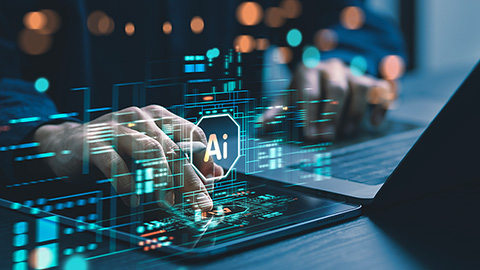
AI in the lab: The power of smarter questions
An assistant professor discusses AI's evolution from a buzzword to a trusted research partner. It helps streamline reviews, troubleshoot code, save time and spark ideas, but its success relies on combining AI with expertise and critical thinking.
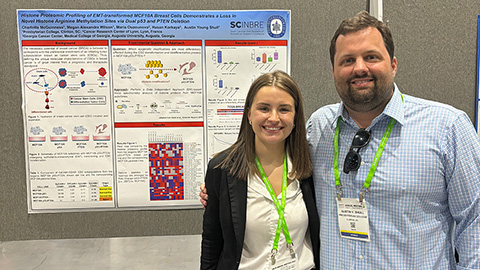
Writing with AI turns chaos into clarity
Associate professor shares how generative AI, used as a creative whiteboard, helps scientists refine ideas, structure complexity and sharpen clarity — transforming the messy process of discovery into compelling science writing.
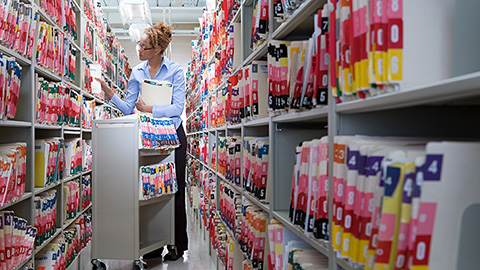
Teaching AI to listen
A computational medicine graduate student reflects on building natural language processing tools that extract meaning from messy clinical notes — transforming how we identify genetic risk while redefining what it means to listen in science.
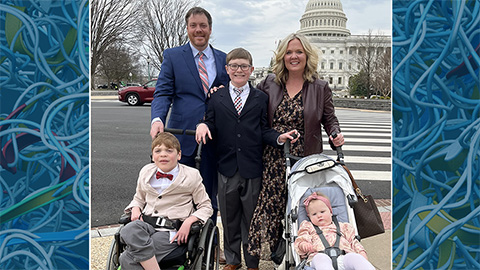
What’s in a diagnosis?
When Jessica Foglio’s son Ben was first diagnosed with cerebral palsy, the label didn’t feel right. Whole exome sequencing revealed a rare disorder called Salla disease. Now Jessica is building community and driving research for answers.
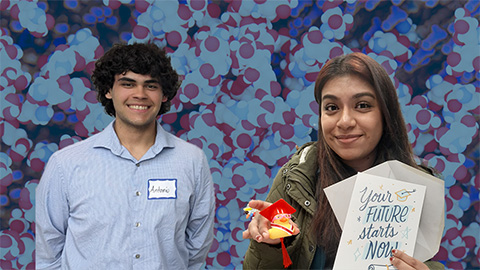
How undergrad research catalyzes scientific careers
Undergraduate research doesn’t just teach lab skills, it transforms scientists. For Antonio Rivera and Julissa Cruz–Bautista, joining a lab became a turning point, fostering critical thinking, persistence and research identity.

